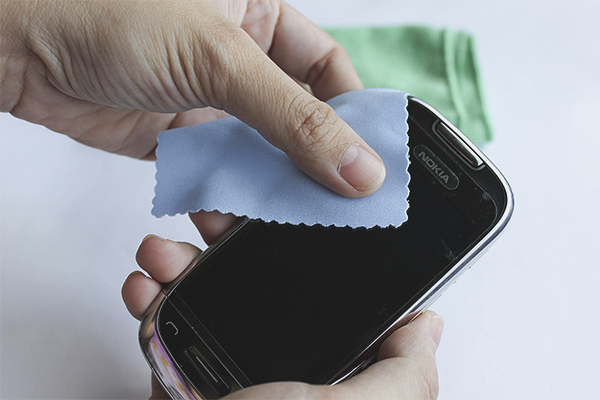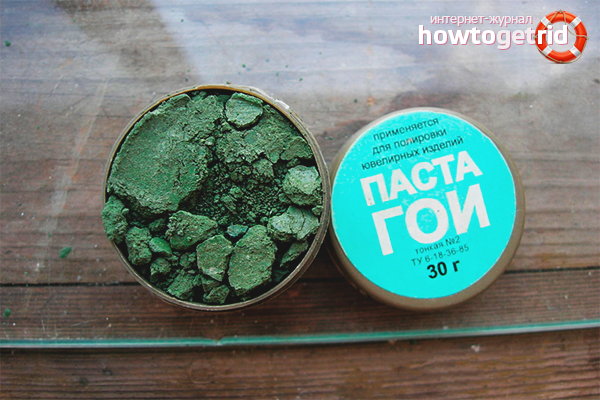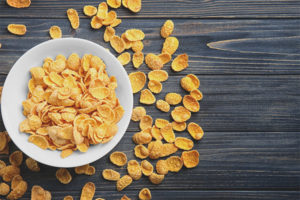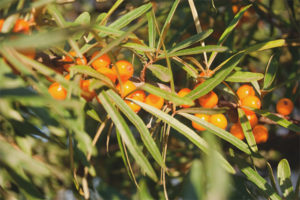The content of the article
Many gadgets, smartphones and androids, tablets and e-books, have a touch screen. It works only when it is carried out with a finger or a stylus with a special pencil. Graphic information is recreated on the screen, the user touches a certain picture. A controller that transmits data from the sensor to the interface. The driver, in turn, converts the controller data, allowing a person to perform the same manipulations as with a regular computer without using a keyboard. The touch screen allows you to draw and build graphs and diagrams, take photos and videos. From frequent use on it over time, noticeable scratches and abrasions appear.
What is the touch screen
By the principle of operation touch screens are resistor and capacitive.The first type of screens reacts to pressing with a finger or a special pencil with a stylus, and capacitive ones - with a touch. The screen has a certain charge, which, when touched, moves exactly to this place. Sensors pick up the place of pressing and transmit information further for recognition.
Most phones have capacitive electrostatic touch screens. They represent a glass surface, on which horizontal lines of definition and vertical lines of a conductor are applied. Between them there is a dielectric layer. The surface is protected by a shockproof membrane. The disadvantage of such screens is the inability to work with the stylus, as well as the reaction only to the “living” finger, which is especially inconvenient in the winter when you have to take off the gloves when talking on the phone.
Professional tools for removing scratches on the touch screen
The stores have a lot of tools designed to eliminate scratches on the screens of the phone. These include the following:
- HAMA Displex kit for polishing touch screens. It includes polishing paste and two wipes: one of microfiber and the second polishing with antistatic effect.The paste is applied with a microfiber cloth, pounded, and then polished with a second napkin. The tool removes minor scratches, making the surface smooth and clean. It has antistatic effect.
- Polirun kit for polishing the screens of phones, tablets, laptops. It consists of pasta, microfiber cloths and a felt pad for polishing. The paste contains nano-components that heat the touch surface when rubbed. Low-abrasive substances remove the edges of scratches, filling the existing voids with other components of the paste. Felt pad polishes the surface, making it smooth and radiant.
- Polishing Paste Disc Repair. It was originally intended for polishing CDs and DVDs, but the need for this was no longer necessary, and the paste found application in the care of modern gadgets. It is applied with a thin layer on a cotton pad, rubbed on the surface. Microcracks are filled, the paste dries up, the screen is wiped with a dry cloth, and in front of you is the beautiful smooth surface of a touchscreen phone, as if it had just been bought.
- E-Cloth Touchscreen Cleaning Cloth. Consists of high-quality microfiber.Perfectly polishes the touch surface, removing minor scratches and scuffs. Removes all germs and bacteria. Protects the surface from dust settling and greasy fingerprints. The cloth is moistened to remove impurities, dry used for polishing.
How to remove scratches from the screen with the help of available tools
If you do not have the opportunity to purchase professional tools for cleaning touch screens, use what you have at hand.
- Paste GOI. It received its name in honor of the State Optical Institute, where it was created. It is a chromium oxide, has a green color, but because of its carcinogenic properties, the paste has been discontinued. Instead, an analogue based on aluminum oxide appeared in red or white. The purpose of the paste is to polish the surface and make it smooth and remove minor scratches. In Soviet times, it was used to rub the optics, various instruments and units. They are also cleaned with jewelry, office equipment, and more recently, touch screens. To do this, apply a little GOI paste onto a cotton pad, put a few drops of engine oil on the screen and rub it.When everything is absorbed and the surface becomes smooth and smooth without any cracks or scratches, wipe it with a clean microfiber cloth.
- Toothpaste. More precisely, the gel for cleaning teeth. Gel and paste are not the same thing. A transparent gel does not have strong abrasive substances, so it is used to remove plaque from sensitive tooth enamel. The same goes for polishing the touchscreen. But there is one BUT: if the phone has severe damage, the screen looks like a web of cracks and scratches, the use of a dental gel will only worsen the situation. The phone can stop working altogether. If you decide to use the gel, then put a drop on a cotton pad and gently rub it around the screen. Rub in until the surface is smooth. Then wipe the screen with a microfiber cloth.
- Autopolish It is designed to eliminate scratches on the paintwork of the car, but it will perfectly cope with the surface of the touch screen. Use a polish like other similar products: rub on a cotton pad or soft cloth, rub until the surface of the screen is flat and smooth, and wipe with a dry microfiber cloth.
- Baby powder. Ordinary talcum acts like a polish without damaging the surface of the screen.Mix a spoonful of baby powder with a few drops of water, apply to the screen, rub and rub until completely absorbed. Talc microparticles fill the voids formed by scratches and cracks. Then walk on the surface with a dry cloth.
Using the available tools for polishing the touch screen, remember that the main motto is do no harm. If there are several small scratches on the screen, and abrasives can damage the image quality (clouding, blurred contour), give up amateur and acquire professional tools.
Video: eliminate scratches on the display of mobile devices












To send